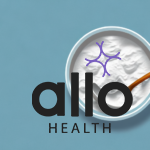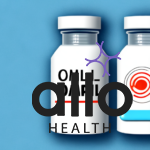How to Massage for Erectile Dysfunction: Techniques and Benefits

Allo Health is dedicated to personalized well-being, offering support and trusted information tailored to individual health goals. The platform emphasizes human-generated content, led by a distinguished medical team of experts, including physicians and sexual health specialists. Their commitment to credibility involves rigorous fact-checking, authoritative research, and continuous updates to ensure accurate, up-to-date information. Allo Health's unique approach goes beyond conventional platforms, providing expert-led insights and a continuous commitment to excellence, with user feedback playing a crucial role in shaping the platform's authoritative voice.

Dr. Raj. R holds an undergraduate medical degree from the Philippines, and has a bachelors background in Psychology. His experience working in the field of urology further brought his interest forward in working towards his passion of understanding the science of attraction, intimacy, sex and relationships. A key motto he practices by remains unprejudiced and non-judgemental care.
Why This Was Upated?
Our experts continually monitor the health and wellness space, and we update our articles when new information became available.
Updated on 09 June, 2024
- Article was updated as part of our commitment to diversity, equity, and inclusion.
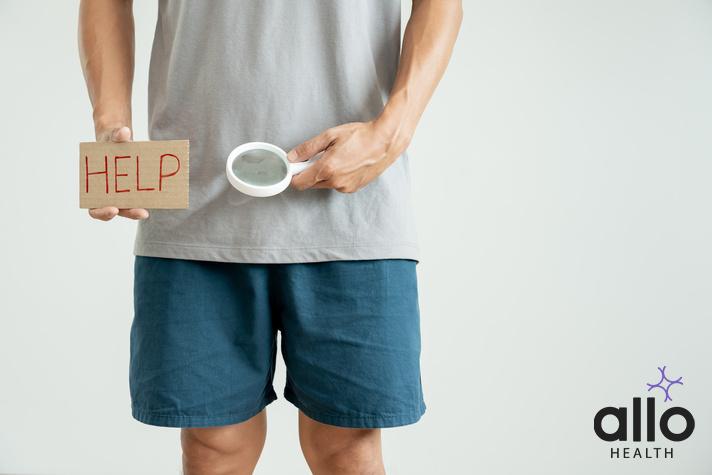
"The following blog article may discuss medical treatments and interventions. However, it is important to note that the information provided is for general educational purposes only and should not be considered as a substitute for professional medical advice, diagnosis, or treatment. Always seek the guidance of a qualified healthcare professional for personalized medical advice.
Book consultation
Medical treatments are complex and should be tailored to individual circumstances. The information presented in this blog may not be applicable to everyone, as each person's medical condition, history, and needs are unique. Only a qualified healthcare professional can evaluate your specific medical situation, consider relevant factors, and provide appropriate recommendations for diagnosis, treatment options, and monitoring.
It is crucial to note that self-diagnosis, self-medication, or relying solely on the information provided in this blog for treatment decisions can have serious health consequences. "
Erectile dysfunction (ED) affects many men and can have a significant impact on their sexual health and confidence. While common treatments include medication and therapy, massage therapies are emerging as a complementary approach. This article explores the role of massage in managing and improving symptoms of ED.
What is Erectile Dysfunction?
Erectile dysfunction (ED) is a medical condition characterized by the inability to achieve or maintain an erection suitable for sexual intercourse. It’s a common concern that affects men of various ages, though it is more prevalent in older individuals. The condition can stem from a variety of factors, both physical and psychological.
Key Factors Influencing Erectile Dysfunction:
- Blood Flow and Blood Vessels: Adequate blood flow is essential for achieving an erection. Conditions that affect blood circulation, such as atherosclerosis or high blood pressure, can lead to ED.
- Prostate Gland Concerns: Problems with the prostate, such as an enlarged prostate or prostatic diseases, can interfere with sexual function.
- Medical Conditions: Certain health conditions, including diabetes, heart disease, and neurological disorders, can increase the risk of ED.
- Low Testosterone Levels: Low levels of testosterone, the primary male sex hormone, can impact sexual desire and erectile function.
- Psychological Factors: Stress, anxiety, and especially performance anxiety can contribute to ED. Mental health plays a crucial role in sexual arousal and performance.
- Lifestyle Factors: Unhealthy lifestyle choices, such as smoking, excessive alcohol consumption, and lack of physical activity, can adversely affect erectile health.
Impact on Sexual Health:
Erectile dysfunction can significantly impact an individual’s sex life, leading to reduced sexual pleasure, difficulties with erections, and sometimes, challenges in relationships. It can also affect psychological wellbeing, causing distress and reduced quality of life.
Role of Massage in Treating ED
Massage plays a multifaceted role in treating erectile dysfunction (ED), primarily by enhancing blood flow, reducing stress, and improving the function of the pelvic region. Here are some key aspects of how massage can be beneficial:
- Improve Blood Circulation in Penis: Regular penis massages and massage therapies focusing on the pelvic region can significantly improve blood flow. Enhanced circulation is crucial for achieving and maintaining an erection, as erectile function depends largely on the efficient movement of blood into the penile tissues.
- Relaxes Pelvic Floor Muscles: Tension in the muscles around the pelvic floor, lower back, and thighs can impact erectile function. Massage helps in relaxing these muscles, potentially reducing difficulties related to erections.
- Target the Prostate Gland: Prostatic massage, specifically aimed at the prostate gland, can be beneficial for those experiencing ED related to prostatic concerns like an enlarged prostate. This type of massage helps in alleviating pressure and improving blood flow, which can indirectly enhance erectile function.
- Stimulate Sexual Arousal: Massage can increase sexual pleasure and arousal, crucial components in the sexual response cycle. Techniques that focus on sensual pleasure can help in reducing performance anxiety, a common psychological factor in ED.
- Reduces Stress and Anxiety: Psychological factors like stress and anxiety are significant contributors to ED. Massage can promote relaxation and reduce stress levels, indirectly aiding in improving sexual performance.
- Supporting Overall Sexual Health: By contributing to the relaxation of the pelvic floor muscles and improving blood pressure regulation, massage can support overall sexual health. This is especially beneficial for those whose ED is linked to stress or lifestyle-related health conditions.
- As an Alternative Therapy: For those seeking non-pharmacological treatments, massage can be an appealing alternative. It’s a natural method that can be used alongside other treatments for ED.
- Holistic Approach: Massage can be part of a holistic approach to treating ED, which includes lifestyle changes, exercise, and proper diet alongside conventional medical treatments.
Note: It’s important to note that while massage can be beneficial, it’s not a definite cure for ED. It should be considered as a complementary therapy, and individuals with ED should consult healthcare professionals for a comprehensive treatment plan.
Types of Massages for Treating Erectile Dysfunction
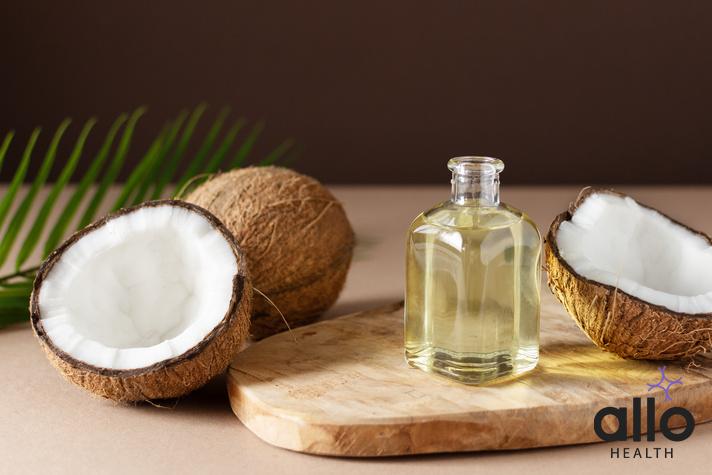
Erectile dysfunction (ED) can be a challenging condition, but incorporating massage into your treatment plan can be beneficial. Here, we explore different types of massages that can help in managing ED, along with guidelines on how to perform them.
1. Regular Penis Massage
Regular penis massage is aimed at enhancing blood circulation and strengthening the penis. It can be a part of your daily routine to promote sexual health.
How to Do It:
- Use a high-quality penis oil, preferably with natural aphrodisiacs.
- Start with gentle pressure at the base and move upwards to distribute blood evenly.
- Incorporate movements that encourage the flow of blood towards the pelvic region.
- Perform the massage in a relaxed setting to also reduce stress and anxiety.
2. Prostatic Massage
Prostatic massage focuses on the prostate gland, which plays a significant role in sexual arousal and performance. It’s especially beneficial for those with an enlarged prostate or prostate-related sexual dysfunctions.
How to Do It:
- This massage is best performed by a healthcare professional or using a specialized prostate massager.
- Gentle pressure is applied to the prostate gland, which can be accessed through the rectal wall.
- The massage should be done carefully to avoid discomfort or injury.
3. Pelvic Floor Muscle Massage
Strengthening the pelvic floor muscles through massage can lead to improved erectile function and sexual performance.
How to Do It:
- Jelqing exercises are a popular method, which involve milking-like motions.
- Apply gentle pressure and move your hand along the shaft, but never too forcefully.
- This not only massages the area but also strengthens the muscles.
4. Sensual or Erotic Massage
A sensual massage can increase sexual arousal and pleasure, helping to alleviate symptoms of ED linked to psychological factors like stress or performance anxiety.
How to Do It:
- Involve your partner for an intimate experience.
- Focus on the entire body, not just the genital area, to enhance overall sensual pleasure.
- Use gentle, relaxing strokes to create a calming yet stimulating environment.
5. Lymphatic Drainage Massage
Although less commonly discussed, this type of massage can help in improving the flow of lymph, which might contribute to better overall circulation in the pelvic area, potentially benefiting those with ED.
6. Reflexology
Targeting specific pressure points in the body that correspond to sexual health and erectile function, reflexology can be a complementary approach in managing ED symptoms.
7. Acupressure
Similar to reflexology, acupressure focuses on specific points in the body to release tension, improve blood flow, and enhance sexual health.
Each of these massage techniques offers different benefits and can be a part of a comprehensive approach to managing and treating erectile dysfunction. It’s important to consult with a healthcare professional or a certified massage therapist before trying these techniques, especially if ED is related to underlying medical conditions or if there’s a history of sexual dysfunctions. They can provide guidance on the most appropriate massage treatment option, considering individual health conditions and needs.
When to Seek Medical Advice?
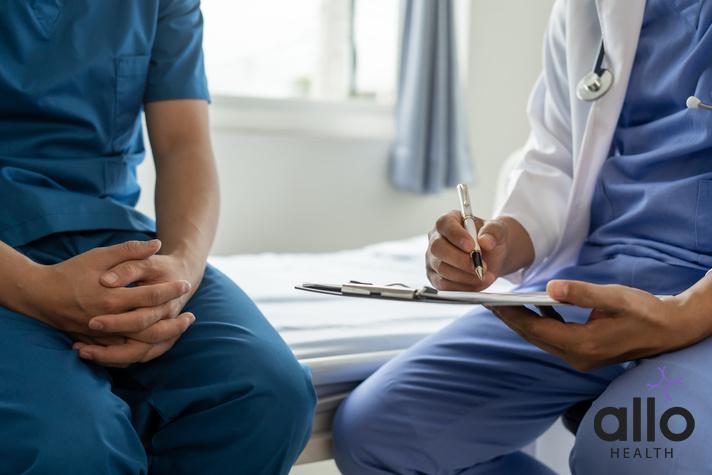
While massage can be a beneficial addition to your sexual practice, it’s not a substitute for medical treatment. Consult a healthcare provider if you experience persistent symptoms of erectile dysfunction. They can provide medical advice, diagnose underlying medical conditions, and suggest appropriate treatment options, including alternative treatments.
Conclusion
Massage therapies, whether focused on the penis or prostate, offer a natural and enjoyable way to potentially improve erectile health and sexual pleasure. Remember, the effectiveness of these techniques can vary, and they should be considered part of a broader treatment plan for ED. Always seek guidance from a healthcare professional before starting any new treatment for erectile dysfunction.
Most Asked Questions
-
Can regular massages really help with erectile dysfunction?
Yes. Regular massages, especially of the penis and pelvic area, can improve blood flow, which is vital for maintaining a healthy erection. These massages often involve gentle movements and pressure, helping to increase blood circulation and strengthen the area.
-
What is a prostatic massage, and how does it help?
A prostatic massage specifically targets the prostate gland, an important part of male sexual function. This massage can be beneficial for those with an enlarged prostate or erectile concerns. It works by stimulating blood flow in the pelvic region, which can help enhance sexual performance and pleasure.
-
Are there any special techniques or oils recommended for these massages?
Yes, there are specific massage techniques and oils that can be more beneficial. Gentle pressure and movements towards the pelvic region are key. Using oils, particularly those with natural aphrodisiac properties, can further enhance the benefits by promoting blood vessel health and increasing sexual arousal.
-
Should I consult a doctor before trying massage for ED?
Yes definitely. While massage can be a helpful addition to managing erectile dysfunction, it’s important to consult a healthcare professional first. They can provide tailored medical advice, diagnose any underlying conditions, and suggest the most suitable treatment options for your situation. Remember, massage is a complementary approach and should be part of a broader treatment plan for erectile dysfunction.


